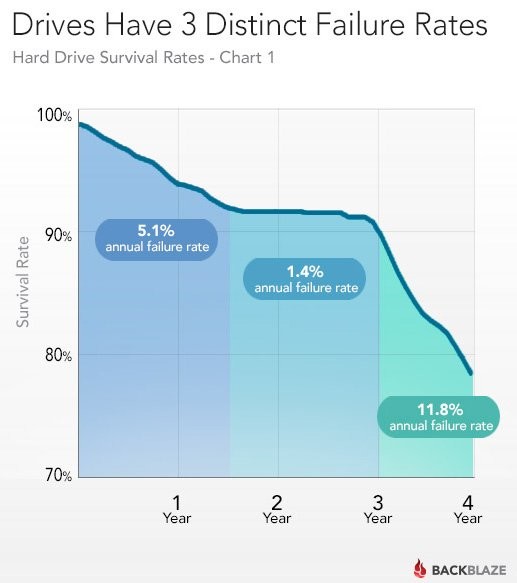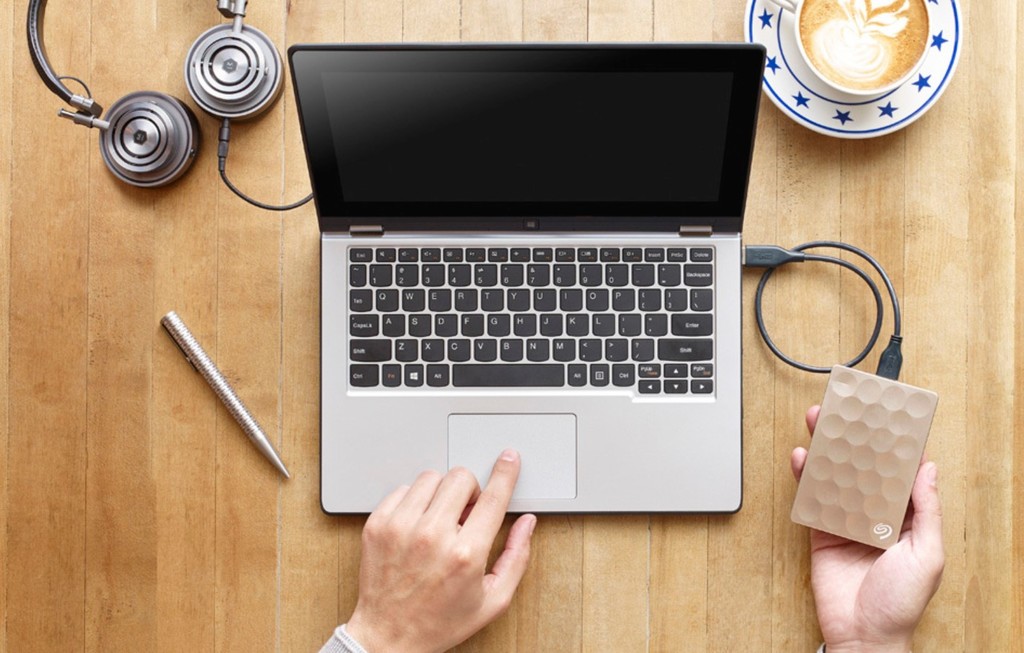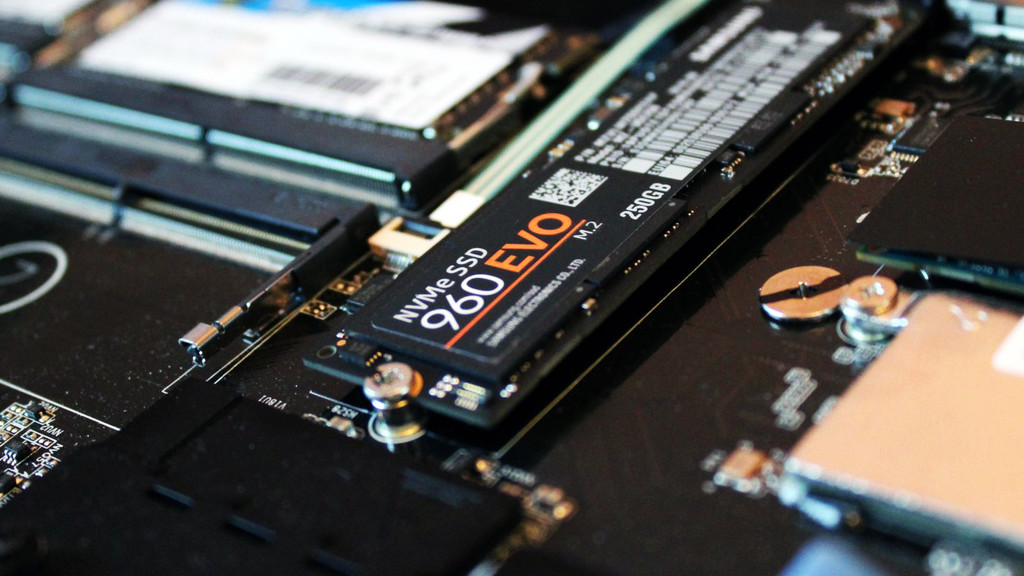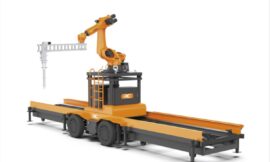Every computer user should have some knowledge on how to backup hard drive. Backing up files is great way for safety of our files. Has your hard drive ever failed you? Until it touches you (and it is possible that it ends up touching you) you do not know the nightmare you are facing. Goodbye to private documents and especially to those photos and videos of family and friends with moments that will now be forgotten.
The reality, dear readers, is that hard drives end up failing. Not all, of course, but a surprisingly high number. The latest Backblaze study confirms this, but that does not mean that we cannot protect ourselves against this threat: there is a backup strategy called 3-2-1 that is precisely designed so that your data is always safe from these and other disasters (including ransomwares, of course).
How much (and how often) do hard drives fail?
The cloud storage company Backblaze has been publishing its conclusions for years on the segment of traditional hard drives: their massive use of drives of this type has allowed them to compile a large amount of data that allows them to analyze the performance of these drives and, especially the reliability offered. Its latest edition confirms once again that hard drives are not infallible.
In this graph, for example, the problem to which these units are subject is evident. It is rare that they fail after the first year or two, but when you have been with the same drive for four years, you are exposed to those drives giving you the odd scare that could end up with your data inaccessible.

The solution? Obviously, have backups. The Backblaze studios are a suggestive reminder of this, but they are obviously a stakeholder: they offer a cloud storage service for you to keep your data safe on it.
Be that as it may, their data is objective, based on their own experience – they use thousands of storage units of different brands and capacities – and they serve to demonstrate that your data is indeed in danger if you do not have a backup strategy. Which is precisely what we are going to propose to you right now.
The 3-2-1 backup strategy
It was always a risk when it comes to backup hard drive and keep files safely. The Backblaze managers themselves spoke of this strategy – also recommended by the US-CERT – when having your data protected with several backup copies, and the principle on which this strategy is based is very simple: diversify those copies of security or backups.

There are other options when it comes to securing data, and it is certainly not a bad idea to combine this strategy with equally valid systems such as RAID configurations or different storage media (we will talk about that later). If we focus on this strategy, the keys are the following:
- 3 : Manage 3 copies of any important file: 1 main and 2 backups.
- 2 : Keep the files in 2 different types of storage to protect them against different risks.
- 1 : Store 1 backup outside of our home or office.
If we transfer these rules to a practical example, the idea would be simple. Imagine that we have a file called foto.jpg with a familiar image that we want to keep safe. For this we will have to have 3 copies of that file, and to meet those requirements we would have to have the image on our computer, for example, on an external hard drive and, also, in a cloud storage service. As the last point of this strategy indicates, the external hard drive must also be in another place (for example, our parents’ house).
What is the safest option for long-term hard drive backups?
Backblaze data shows that traditional hard drives can end up failing sooner or later, so is there a storage medium that ensures our data is protected for longer without problems? This type of long-term storage, which is also known as cold storage, is another area in which there are doubts without a clear answer.

The question is delicate and there are no long-term studies in this area. Manufacturers of different types of storage promise a series of benefits that are usually limited to a relatively short period of time (a few years), but what if you think about showing those photos or videos to your children in 20 years, when they are adults? What is the best way to protect that data?
There is no clear consensus on this, especially since although these hard drive failure rates are present in many drives, there are many cases in which these hard drives end up keeping data well after many years. Surely among our readers there are those who continue to use that PC or laptop with a hard drive from 10 years ago (or more) and everything continues to work the same, and the same happens with those CDs and DVDs that we also recorded a decade or more ago and that continue behaving perfectly when we insert them into a CD or DVD reader.
The same could be said of Blu-ray discs, which are very attractive for their storage capacity but are affected by the same problems as CDs and DVDs. However, technological improvements in this format seem to have made it an interesting candidate for some companies. Facebook, in fact, uses specialized drives from Panasonic as part of its long-term storage system.
These optical media were perhaps not designed for long-term storage, but a company called Millenniata presented its M-DISCs in 2009, a disc that could be both a DVD and a Blu-ray Disc and which was characterized by the longevity of the stored data, which the manufacturer estimated at no less than 1,000 years thanks to a special layer of carbon that protects the recorded data. The discs can be read in conventional units, although to record them we will need a special unit such as those manufactured by LG, ASUS or Lite-On.
The SSDs that are eating the storage market are not without risk either. Although their transfer speeds are spectacular, they can end up crashing too. That is precisely what defines the MTBF (Mean Time Between Failures), which each manufacturer estimates in millions of hours.
In the Samsung EVO 960, for example, 1.5 million hours are estimated, and other units are also around that figure. It’s many hours, sure, but remember: that, for better or for worse, is an average estimate. A study by Google in 2016 found that the failure rate is lower than that of hard drives, but the rate of non-recoverable bit errors was higher. Something even more important: it is the age of the SSD and not how much we use it that ends up affecting its reliability.
There are other alternatives ways to backup hard drive such as the “old” magnetic tapes – the quotation marks in the old ones are put on purpose – that are still used in business environments but that have little presence in the end user segment. Maybe it’s best to combine all of them … and cross your fingers.
